As the Spec MX-5 Challenge Series is underway (Road Atlanta approaches this weekend) and racers are working through set-up adjustments, we wanted to share a short video created last year by one of our development partners – Zeta Performance – that highlights the shaker rig effort.
Test Overview: The Spec MX-5 chassis was tested using a 150mm/second constant peak velocity sine sweep heave profile. This test profile moves all four actuators, one under each tire, vertically in sync with one another. The test profile is a sine wave utilizing a constant peak velocity and a degrading displacement magnitude.
Test goals: Improve pitch response to maximize overall grip and drivability. Determine effects of front and rear damper adjustments. Explore relationship between damper adjustments and mechanical grip versus body response for at-track tuning.
The first step in shaker rig testing for performance optimization is the reduction of pitch response. Pitch response, defined as an imbalance in the front and rear response magnitude and phase, results in unwanted weight transfer between the front and rear axle. We have seen in our testing (along with many SAE publications) that the minimization of pitch response results in increases in both drivability and mechanical grip by reducing unwanted weight transfer between the front and rear. With pitch controlled, focus can be shifted to heave response, indicative of overall vertical body response of the vehicle, and mechanical grip.
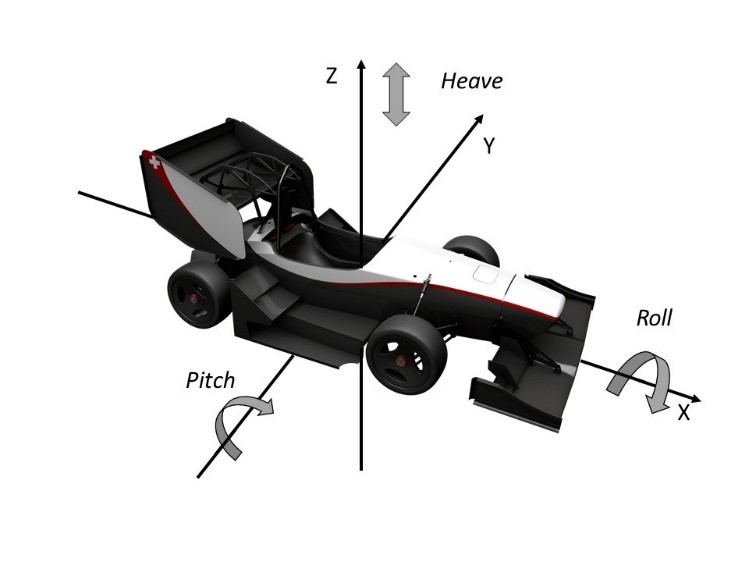
Figure 1: Heave, Pitch, Roll Diagram (Academic Motorsports Club Zurich, 2018)
Damper adjustments have several distinct effects on the behavior of the vehicle. Primarily, the dampers control the timing and the response of the body relative to the response of the suspension. As a secondary effect, the dampers have an effect on the apparent stiffness and the contact patch load variation of the car.
When developing a damping package, a primary concern is the pitch behavior of the car — essentially, how the front response relative to the rear. The baseline damping settings have been selected based upon the pitch response of the vehicle, rather than the handling balance. An optimum pitch response generates the maximum effective grip of the system by reducing weight transfer between the front and rear of the vehicle increasing overall grip of the vehicle.
In cases such as Spec MX-5 where adjustments to handling balance are very limited, sometimes we must sacrifice pitch response or body response to further adjust balance. For instance, on very rough tracks or in the rain we may need to open all 4 dampers equally from the standard damping settings, reducing the control in the system to account for limited grip at the cost of decreased roll control.
In other cases, we may need to open the rear dampers to tighten the balance of the car or close the rear dampers to free up the balance of the car. In these situations, we are sacrificing mechanical grip for balance – a sacrifice sometimes necessary, but only should be used when other options such as adjusting swaybars and ride height have been exhausted.
Zeta recommends a baseline setting window of 0 to 2 in the front and 6 to 8 in the rear (adjustments are made from full stiff). In lower grip situations, Zeta recommends opening all dampers equally. To adjust the balance, Zeta recommends primarily adjusting the rear dampers to increase or decrease rear grip.
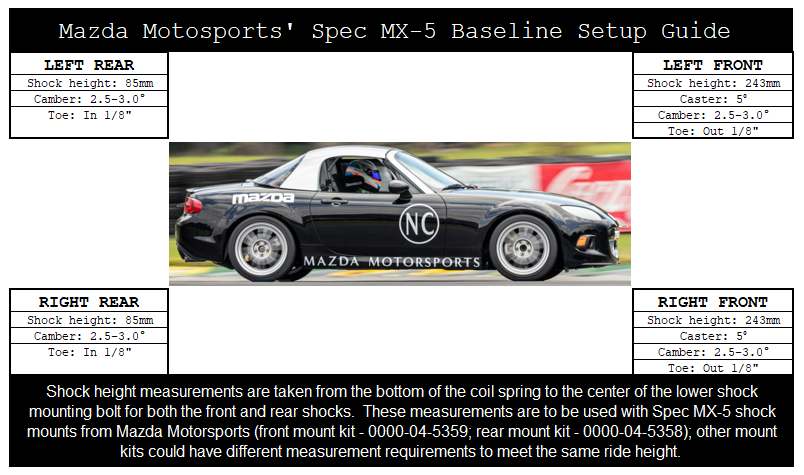
Front Damping Range:
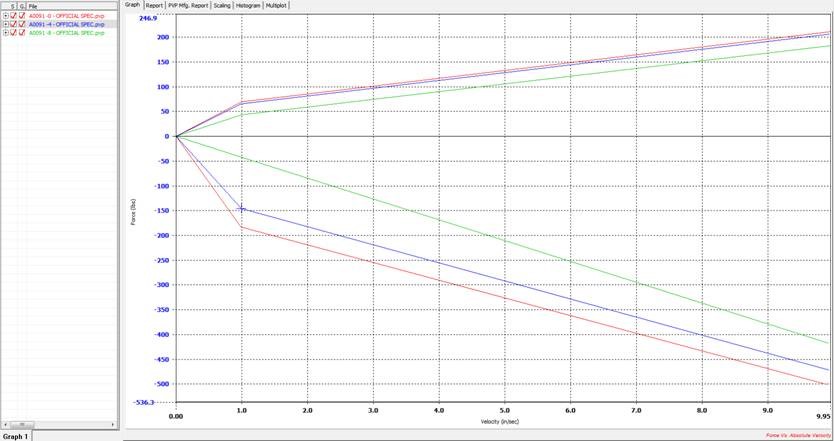
Front Low-Speed Damping Range:
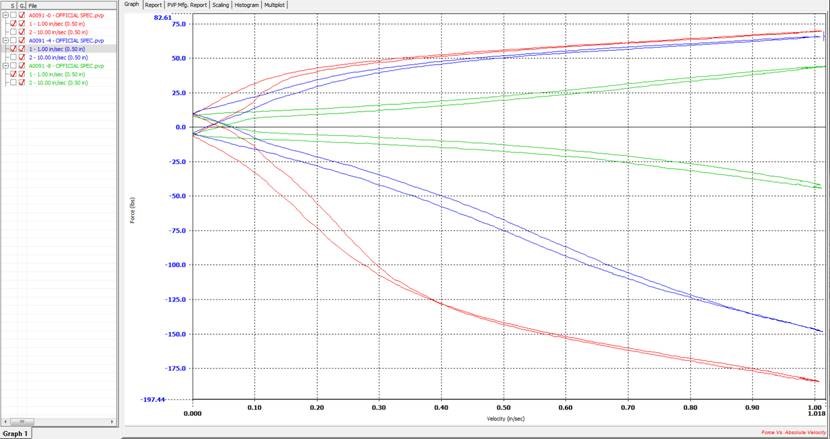
Rear Damping Range:
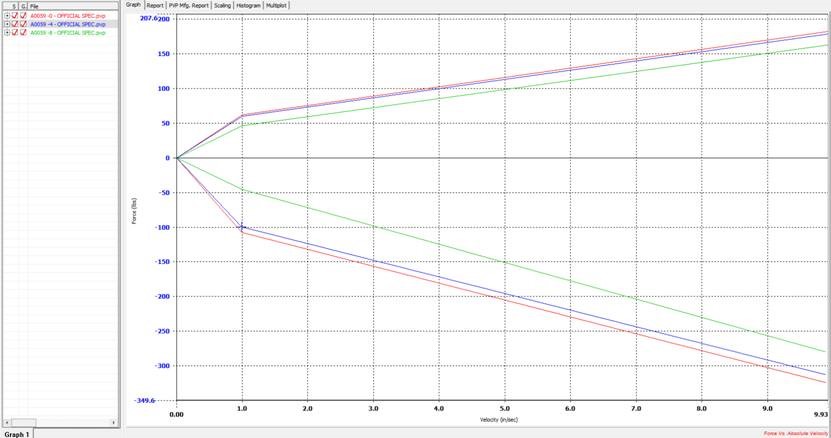
Rear Low-Speed Damping Range:
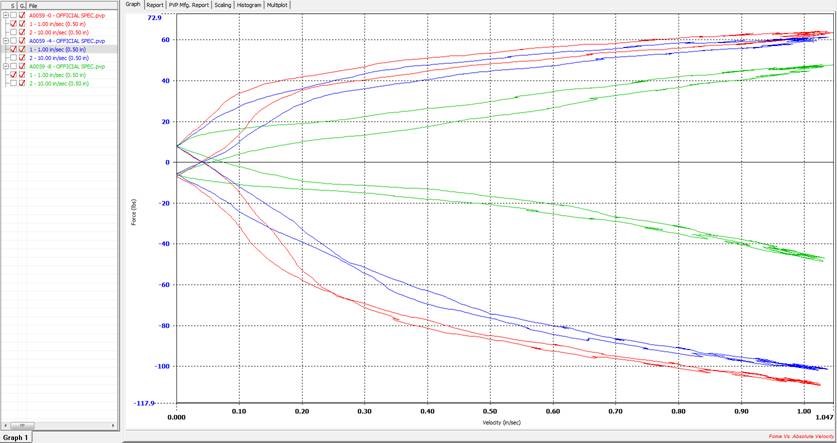

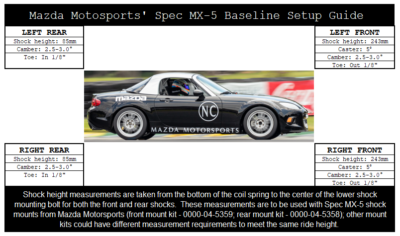
 ACCESSIBILITY
ACCESSIBILITY